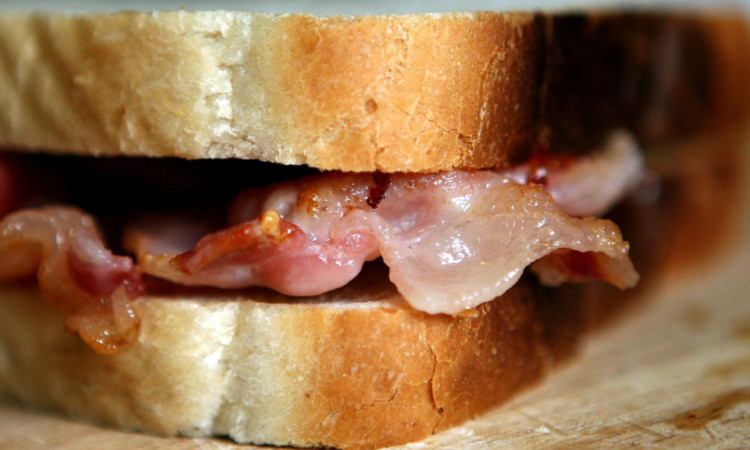Eating saturated fat is good for you and can actually help protect against heart disease, one of the UK’s leading cardiologists has claimed.
Dr Aseem Malhotra is calling for a radical shift in the current advice to cut down on saturated fat levels in our diets, saying it has “paradoxically increased” the risk of heart disease.
Writing in the British Medical Journal, Dr Malhotra said saturated fat has been “demonised” for decades as a major cause of cardiovascular disease.
There is little scientific evidence to suggest such a link, he said, and suggested an increase in sugar and carbohydrate intake had been overlooked as a cause.
Dr Malhotra, a cardiology specialist registrar at Croydon University Hospital in London, criticised current medical guidance and its “obsession with levels of total cholesterol”, which he said “has led to the over-medication of millions of people with statins”, which reduce cholesterol levels.
Instead, adopting a Mediterranean diet rich in oily fish, olive oil, nuts and fruit and vegetables after a heart attack is almost three times as powerful in reducing death rates as taking a statin, he said.
Dr Malhotra said: “The mantra that saturated fat must be removed to reduce the risk of cardiovascular disease has dominated dietary advice and guidelines for almost four decades.
“Yet scientific evidence shows that this advice has, paradoxically, increased our cardiovascular risks.”
He highlighted studies in the US which revealed that while the proportion of energy consumed from fat had fallen from 40% to 30% (although absolute fat consumption remained the same), obesity rocketed.
“One reason: when you take the fat out, the food tastes worse,” he said. “The food industry compensated by replacing saturated fat with added sugar.”
